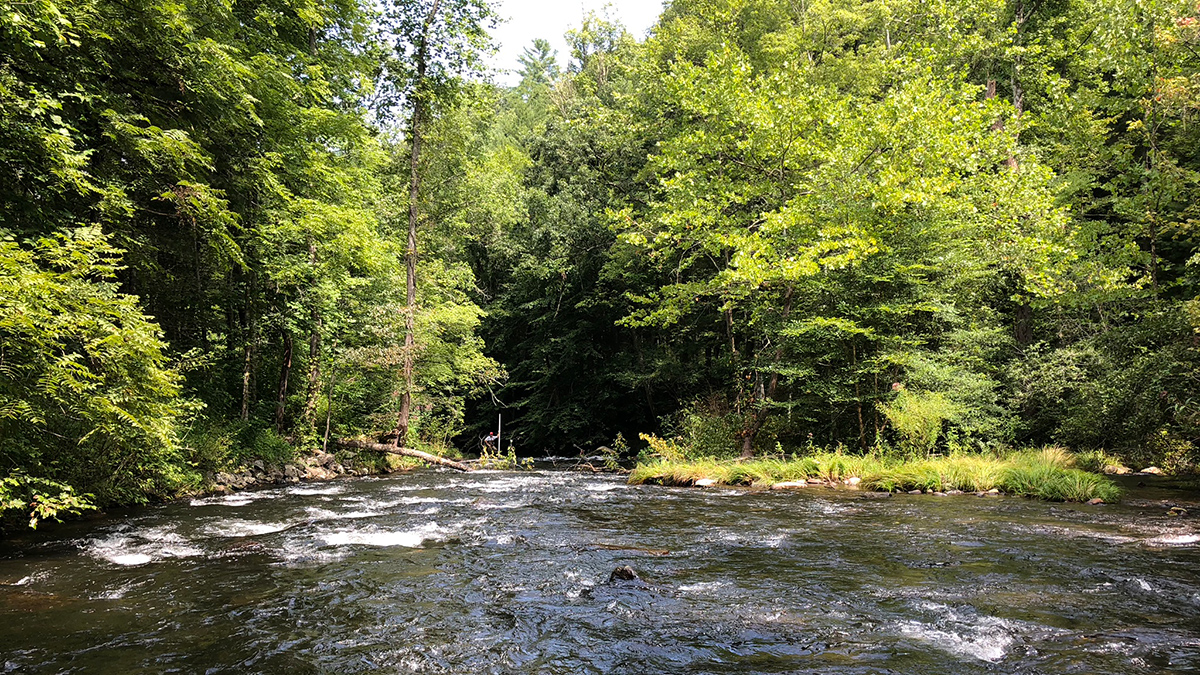Source: Journal of Geophysical Research: Biogeosciences
Phosphorus is an important nutrient, but too much of it in lakes and streams can diminish water quality and lead to eutrophication, resulting in harmful algal blooms and dead zones. To restore waterways degraded by excess phosphorus, decisionmakers must understand which sources of the nutrient could be reduced to make the biggest impact on water quality.
Agricultural runoff from fertilizers and manure is a common source of phosphorus, but the impact of agriculture is not uniform across different bodies of water. Sabo et al. applied several statistical approaches to analyze data from the U.S. EPA’s National Lakes Assessment and the National Rivers and Streams Assessment to determine the most influential drivers of phosphorus levels in the country’s lakes and streams and better understand how these systems differ in their responses to changing inputs from various phosphorus sources.
They found that phosphorus levels in streams were most strongly influenced by the amounts of fertilizer and manure introduced to nearby farmland, as well as by legacy sources of agricultural phosphorus released by erosion. Lake phosphorus levels, meanwhile, were determined by a more complex mix of variables—agricultural runoff played a role, as did historic inputs from erosion, internal recycling, and other factors.
The study indicates that in the short term, efforts to mitigate agricultural runoff would have the greatest impact on reducing phosphorus surpluses in U.S. streams. However, higher temperatures and more precipitation also correlated with increased phosphorus levels in the data set, and the authors note that these factors could contribute to greater phosphorus loading in surface waters in the future due to climate change. (Journal of Geophysical Research: Biogeosciences, https://doi.org/10.1029/2022JG007227, 2023)
—Rachel Fritts (@rachel_fritts), Science Writer


